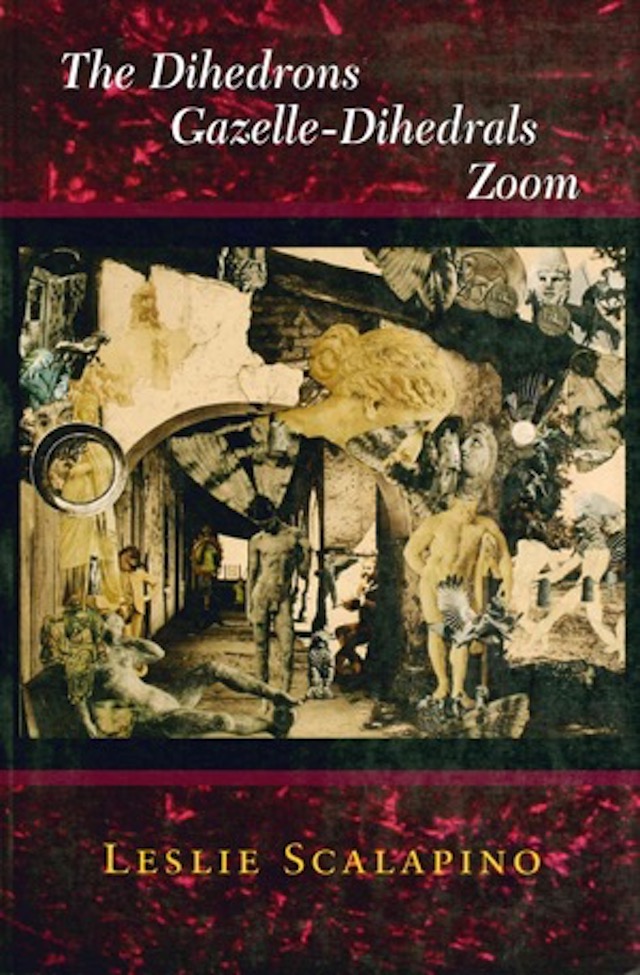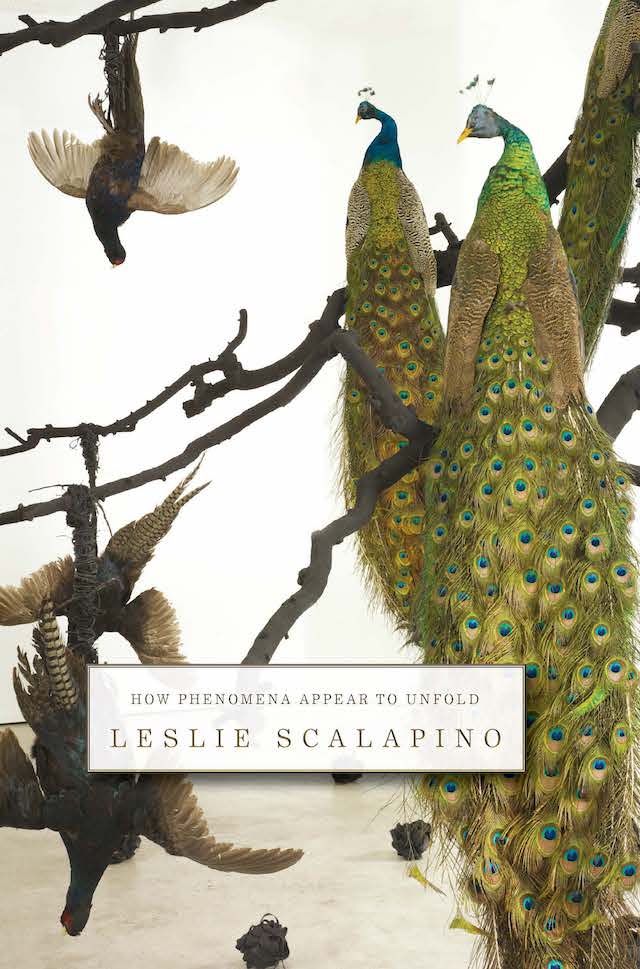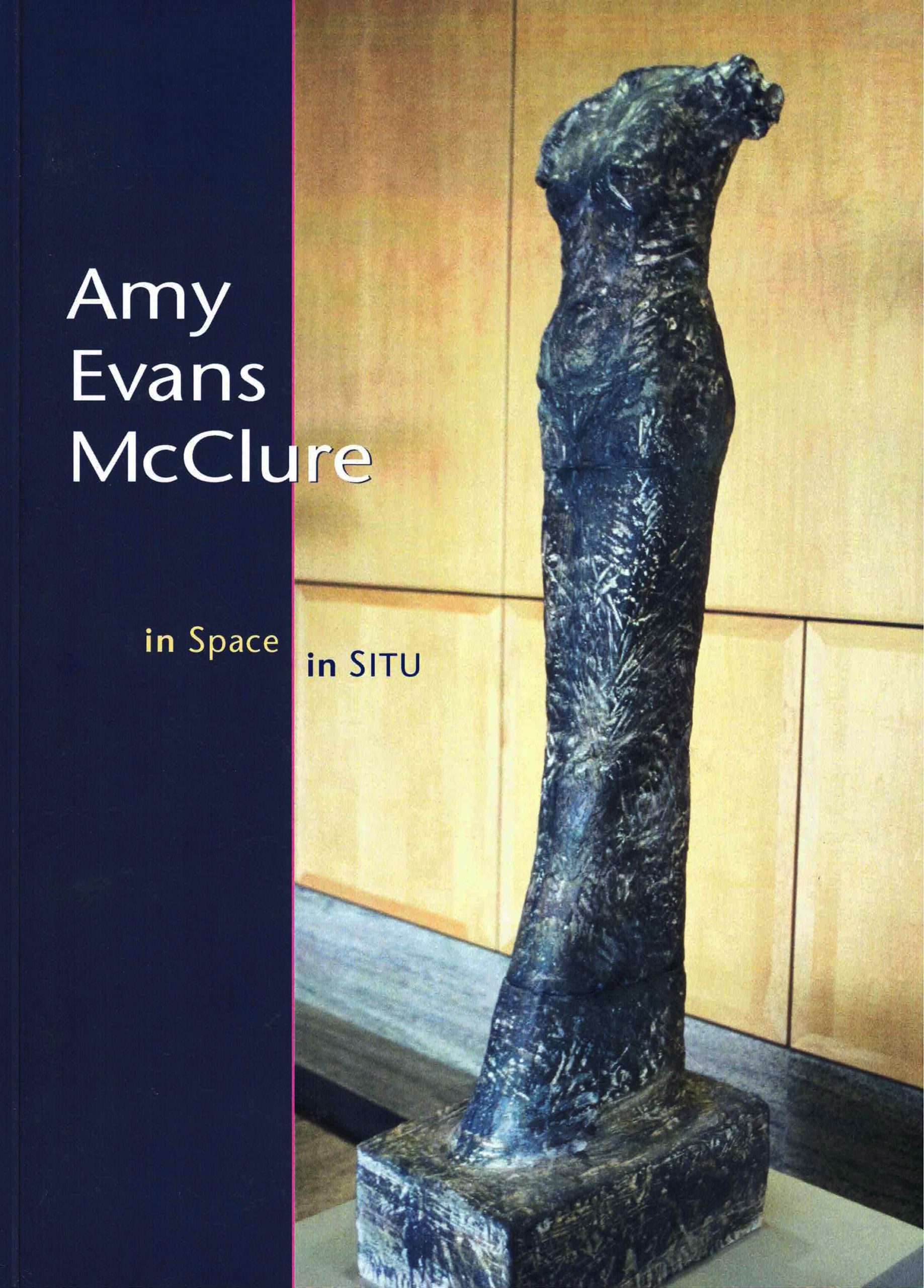Leslie Scalapino’s The Dihedrons Gazelle-Dihedrals Zoom, while a work that stands on its own, forms a pair with Floats Horse-Floats or Horse-Flows (Starcherone, 2010), which Michael McClure describes as “a jewel book that has come out of the spagyric hinterlands of purest imagination, where it has lain for an immeasurable time alongside Burroughs’s Cities of the Red Night, Hans Arp’s poetry, Monkey’s Journey to the West, and Mark Twain’s Mysterious Stranger…” Lydia Davis comments: “Leslie Scalapino’s writing reveals how far language—and therefore thought itself—can go beyond what we are accustomed to, and the forms in which she writes delightfully defy our expectations.”
Leslie Scalapino
Praise for The Dihedrons Gazelle-Dihedrals Zoom
Here is more of Scalapino’s jewel book that has come out of the spagyric hinterlands of purest imagination, where it has lain for an immeasurable time alongside Burroughs’s Cities of the Red Night, Hans Arp’s poetry, Monkey’s Journey to the West, and Mark Twain’s Mysterious Stranger, and it zooms with the elegance of a gazelle or a wolf… Virginia Woolf!”
— Michael McClure
The intensity of Leslie Scalapino’s poetic vision is staggering. The Dihedrons Gazelle-Dihedrals Zoom is the Divine Comedy for our age, with, if one could say, more humanity and more derision.
— Etel Adnan
This is not a poem or a story but a mystical vision. No one could imitate or reproduce it. It exists “by chance” to tell us about our ever-imminent present. “It was in darkness that they saw a great light.” So it was that word-blindness was the chosen method for writing this book. And from that blindness Leslie Scalapino has picked her way along ocean now petroleum where gelatinous forms of life are left, a powder monkey, horse and owl, and slave boys and girls sleep on abandoned cars. Many enslaved children, just as there are in this real world. “The gazelle-dihedrons are those that move fast-forward seen as only frontal spine slats of rib-cage zoom in to one almost as if omitting space.” This writing (a full flower) stems from an act of heroic attention to the future.
— Fanny Howe
Leslie Scalapino’s writing reveals how far language-and therefore thought itself-can go beyond what we are accustomed to, and the forms in which she writes delightfully defy our expectations.
— Lydia Davis
The Dihedrons Gazelle-Dihedrals Zoom is an ekphrastic implosion inside our severed human-body/animal-mind. “Memory isn’t the origin of events,” Scalapino writes early in this magisterial work, which restores the synthesis of events to its place as meanings’ origin. The Dihedrons Gazelle-Dihedrals Zoom—as much a work of grotesque science fiction as a poem—cracks open the imaginary reality astride reality. In the stadium of its visionary composition, the everyday floats vivid strange: in time, as time, with time, beside time.
— Charles Bernstein
Intense and forceful as high water, [The Dihedrons Gazelle-Dihedrals Zoom] demands we learn a kind of patient submission if we are to skate its surfaces, navigate its thickness and find our own gait over its contour. We submit at the peril of being completely awash but with the reward of an intense aesthetic experience of infinite interconnectivity.
— Karinne Keithley Syers, Poetry Project Newsletter
A free-form poetic narrative that is as much science fiction as language poetry. This is the work of a champion contortionist wrestling syntax into submission.
— John Herbert Cunningham, Rain Taxi





Scalapino is one of the great Zen poets of the late 20th and early 21st centuries, one who reinvents the relations of poetry and practice with effortless movements of mind, sense, and sound in each book. This collection is the companion volume to Floats Horse-Floats or Horse Flows, published earlier this year. Written in prose, it has a complex “plot,” which finds the diverse conflagration of “human-like creatures” from the title pivoting around the recent terrorist attack on Mumbai. Illustrations from artists Kiki Smith and Jess are interspersed, in a scene where “Day begins anywhere.” The whole has a Bladerunner-ish quality to it, with avatars multiplying and “base runners” populating the “emerald dark.”
— Publishers Weekly